In an era where our digital footprints are proliferating at an expedited pace, the occurrence of identity theft has escalated dramatically. The theft of personal details to fraudulently acquire funds, credit, or other benefits has become a glaring issue, with millions of individuals affected each year. Let’s delve into the gravity of this matter, dissect its implications, and outline the vital steps towards prevention.
The Digital Footprint Dilemma: How our Online Behavior Increases Risk
Our online activities, ranging from social media engagement to digital banking, contribute to an extensive digital footprint that can be misused if fallen into the wrong hands. Cybercriminals often use phishing, malware, and social engineering tactics to harvest personal information that leads to identity theft. As a result, companies like Norton offer comprehensive services to monitor and shield online personal data from such malevolent activities (https://us.norton.com/internetsecurity-how-to-avoid-identity-theft).
Understanding the Impact: The Real Cost of Identity Theft
The consequences of identity theft are far from limited to monetary losses. The emotional turmoil, time consumption involved in resolving fraud incidents, and the potential impact on one’s credit score are considerable. Tackling identity theft often requires legal assistance, as well as meticulous credit and account monitoring, to mitigate long-term effects. For victims seeking recovery assistance, resources like The Identity Theft Resource Center provide valuable aid (https://www.idtheftcenter.org/).
Best Practices for Protection: Security Measures Everyone Should Take
Precautionary measures such as using strong, unique passwords, enabling two-factor authentication, and limiting the sharing of personal information online are the first lines of defense. Technologies such as VPNs and secure password managers play a crucial role in protecting sensitive information. Companies like Dashlane offer user-friendly password management solutions to prevent unauthorized access (https://www.dashlane.com).
Emerging Technologies: New Frontiers in Protecting Personal Data
In the face of rising identity theft incidents, new technologies are on the horizon. Advancements in machine learning algorithms, biometric authentication, and blockchain applications are promising developments offering enhanced protection. Services like LifeLock utilize these innovative approaches to warn users of potential identity threats and offer one-click resolution solutions (https://www.lifelock.com/).
Reporting and Remediation: Steps to Take if Your Identity Is Stolen
In the unfortunate event of an identity theft scenario, it is imperative to act swiftly. Reporting the incident to financial institutions, credit bureaus, and law enforcement is crucial. Regular review of credit reports and financial statements aid in the early detection of any suspicious activity. Engaging credit monitoring services like Experian can help keep tabs on credit changes and alert users of potential discrepancies (https://www.experian.com/).
Conclusion
Identity theft is an unsettling byproduct of our increasing reliance on digital infrastructure, but not an inevitable one. With awareness and the incorporation of cybersecurity best practices, individuals and businesses can significantly reduce the prevalence of these violations. As we continue to steer through the digital age, let’s remember that safeguarding our identity is as indispensable as any measure taken to protect our physical selves. It is upon us to stay vigilant, informed, and proactive in embracing strategies and services that fortify our defenses against this modern-age menace.




 AGF-B.CO
AGF-B.CO